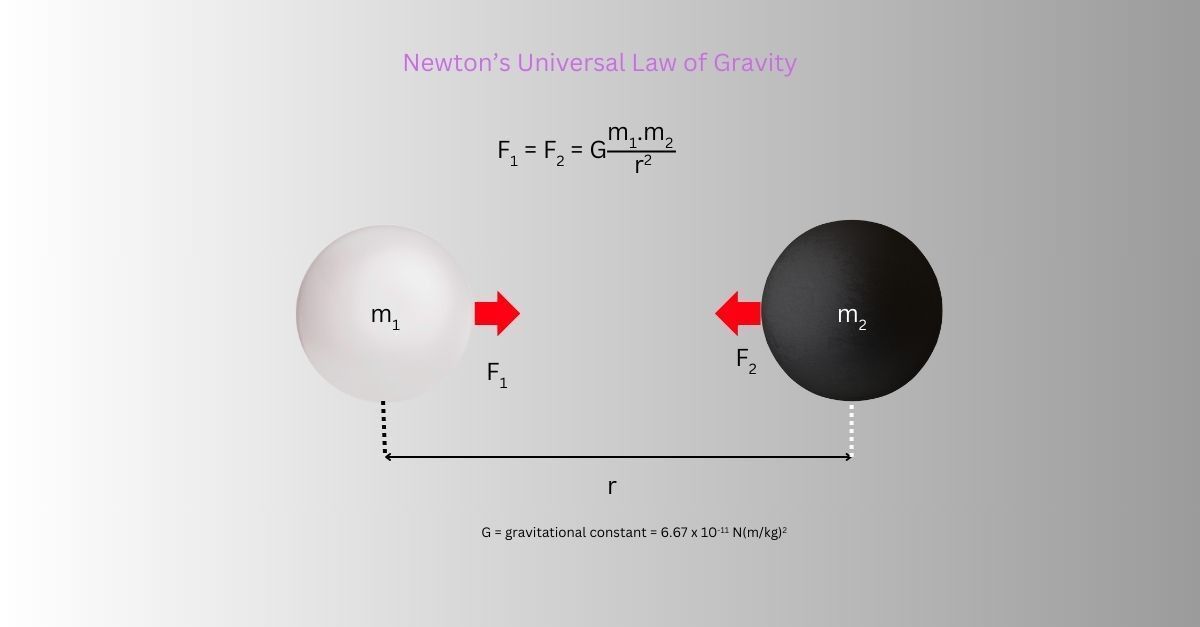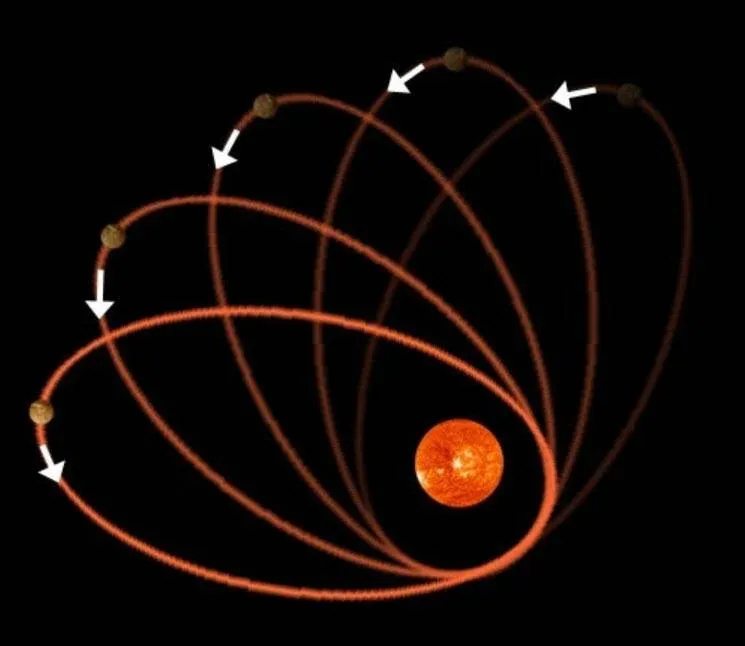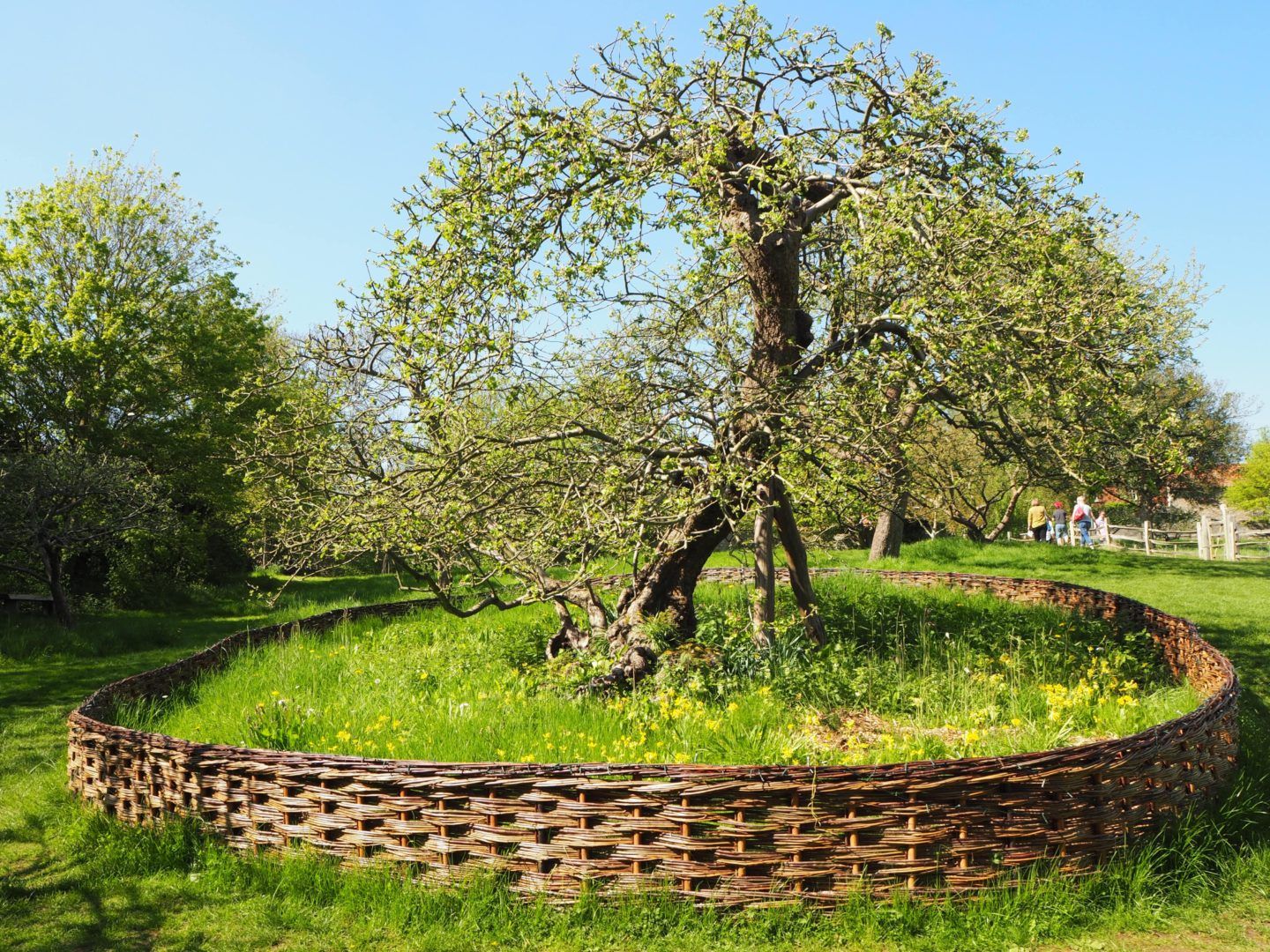The Apple That Shook the Universe – Newton’s Eureka Moment Revisited

How a Falling Fruit Sparked a Revolution in Cosmic Understanding
Introduction: A Moment That Changed Science Forever
Imagine a quiet garden in rural England, the air heavy with the scent of apples ripening in the late summer sun. Underneath an apple tree sits a young man, lost in thought. Suddenly, an apple falls from the tree, striking the ground with a thud. For most of us, this would be a mundane occurrence, but for Isaac Newton, it was the spark that ignited one of the greatest revolutions in science.
Newton’s moment of inspiration—whether myth or reality—gave birth to the concept of gravity as a universal force. This chapter dives deep into the story behind Newton’s discovery, explores his groundbreaking ideas, and reveals why his theory, though revolutionary, was incomplete.
The Myth and Reality of Newton’s Apple
Did the Apple Really Hit Newton’s Head?
The story of Newton’s apple has been romanticized over centuries, often depicted as a dramatic moment where the fruit literally struck him on the head. However, historical accounts suggest otherwise. Newton himself described the event as a moment of contemplation rather than physical impact:
"Why should that apple always descend perpendicularly to the ground?”
This question led him to ponder why objects fall straight down instead of sideways or upward—a simple observation that revealed profound truths about nature.
A Thought Experiment That Changed Everything
Newton didn’t just stop at observing the apple’s fall; he asked a deeper question: “Does this force extend beyond Earth? Could it also govern celestial bodies like the Moon?” This leap of imagination was unprecedented.
Newton’s Universal Law of Gravitation
The gravitational force (F) between two masses (m1 and m2) is equal to the gravitational constant (G) multiplied by the product of the two masses, divided by the square of the distance (r) between them
 This equation unified terrestrial and celestial motion for the first time in human history. It explained why apples fall to Earth and why planets orbit stars—a single law governing both realms.
This equation unified terrestrial and celestial motion for the first time in human history. It explained why apples fall to Earth and why planets orbit stars—a single law governing both realms.
The Problem With Mercury’s Orbit
While Newton’s law worked remarkably well for most celestial bodies, it failed to explain Mercury’s peculiar orbit. Observations showed that Mercury’s elliptical path shifted slightly over time—a phenomenon called perihelion precession.

Newton attributed this anomaly to an unseen planet he called Vulcan. However, no such planet was ever found. This discrepancy hinted at limitations in Newtonian gravity—a mystery that would later be solved by Einstein.
The Apple Tree That Became Legend
A Living Legacy
The original Flower of Kent apple tree at Woolsthorpe Manor still exists today—or at least its descendants do. After being blown down in 1816, grafts from its roots were planted worldwide, including at Trinity College, Cambridge.

An Apple in Space
In 2010, NASA honored Newton by sending a piece of wood from his apple tree aboard Space Shuttle Atlantis during mission STS-132. Astronaut Piers Sellers joked: “I’ll let it float—confuse Isaac!”
Newton’s Influence on Modern Science
Newton’s work laid the foundation for countless advancements in physics and astronomy:
- Orbital Mechanics: His laws enabled precise calculations for satellite launches and planetary exploration.
- Space Exploration: NASA relies on Newtonian physics for most spacecraft trajectories (with relativistic corrections where necessary).
Even today, engineers designing rockets or studying planetary motion begin with Newton before transitioning to Einstein for extreme cases like black holes.
Conclusion: The Apple That Started It All
Newton’s genius wasn’t discovering gravity—it was recognizing its universality. By asking whether Earth’s pull extended to celestial bodies like the Moon, he turned a falling apple into one of science's greatest revelations.
Yet his theory wasn’t perfect; Mercury’s orbit exposed cracks that Einstein would later mend with general relativity—a story we’ll explore in Chapter 2 as we dive into spacetime curvature and Einstein's revolutionary ideas.
Next Chapter Teaser:
Einstein’s Spacetime Trampoline – How Mercury’s Dance Proved Gravity Was Geometry.